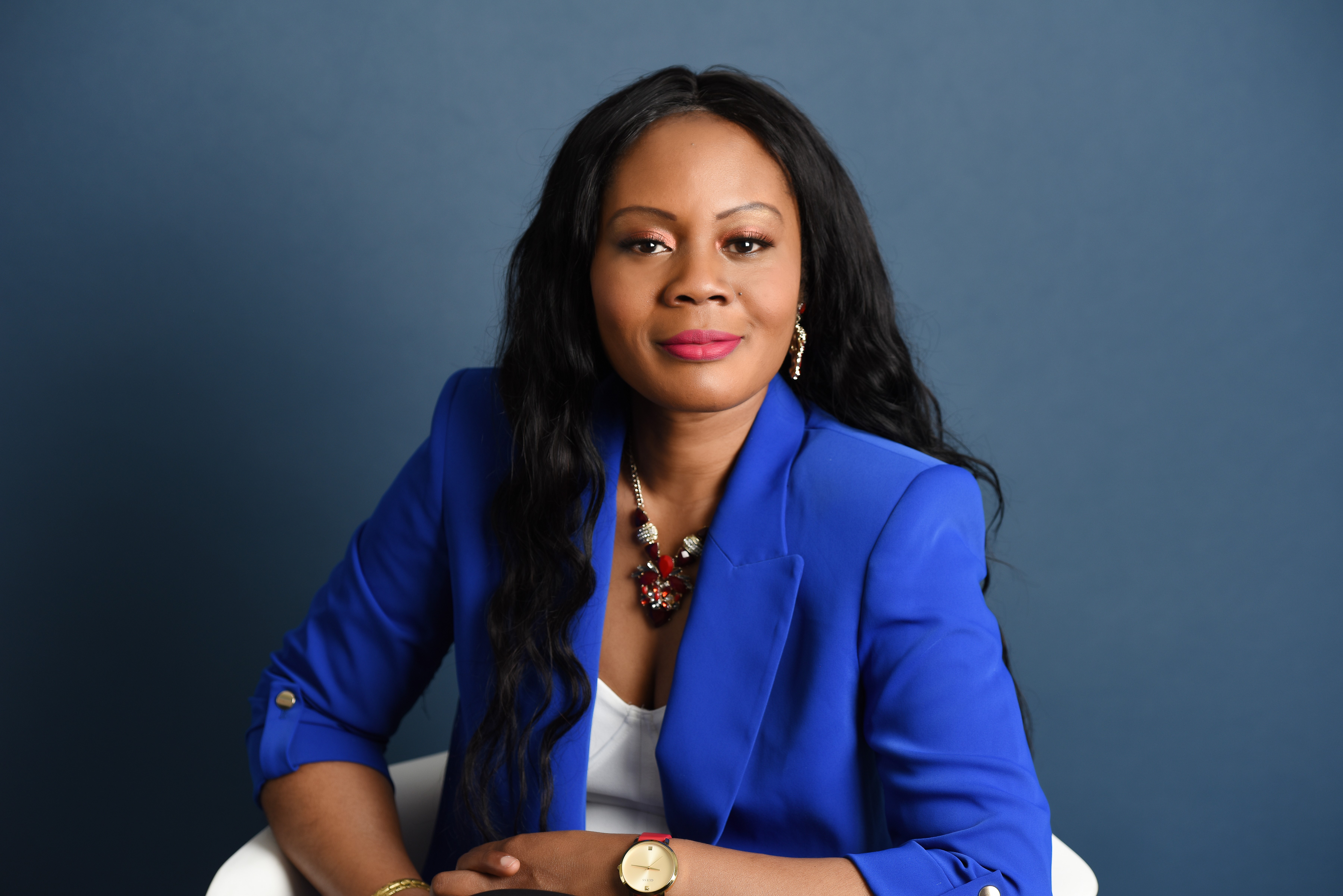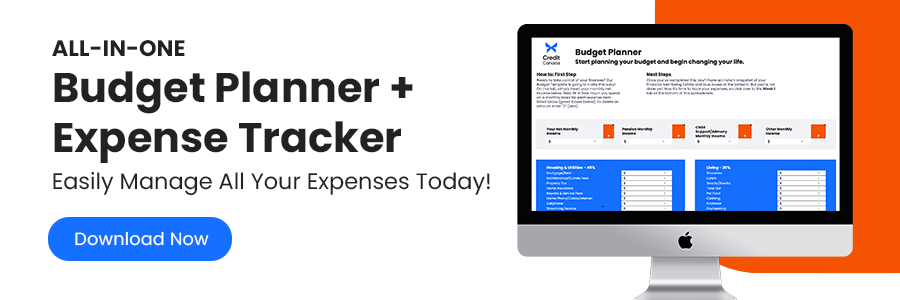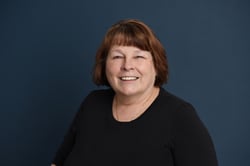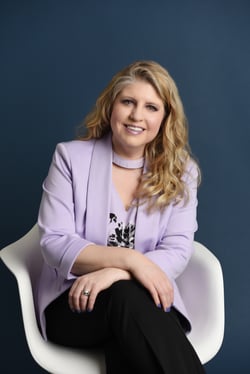
Do budgets make you squirm? You’re not alone—most of our clients don't have a budget when they first come to us for help. But we’re here to change that by sharing different budgeting methods that can work for you!
Budgeting is a Step Towards Financial Health
Budgeting can be tedious and sometimes scary, which is probably why about half of Canadians don’t have a budget. Many of our clients’ first step towards financial health is finding out how much they spend, which is what budgets help you manage.
But budgets are like pies — not everyone likes cherry or pumpkin. Luckily, there’s a whole range of flavours for you to choose from. You have different personalities, character traits, and financial scenarios that may sway you towards one method more than the other, and that’s okay!
We're sharing three budgeting methods to help you jumpstart your finances!
1. Money-Bucket System
Global News finance reporter Erica Alini released a book called Money Like You Mean It. The book sheds light on the latest generation’s struggles — inflation, higher housing costs, and more student debt — and offers a way to combat them.
Her ‘Money-Bucket System for Two' helps couples budget their money without worrying about every little expense or using a spreadsheet.
The first step is to figure out your cash flow and expenses. Take 2-3 months to note down your expenses so you’re aware of what’s coming in and going out. You can take advantage of our Budget Planner + Expense Tracker to help keep you organized while you complete this step!
Next, create a few bank accounts in the following buckets:
- Retirement: Each partner has their own account for their retirement funds, which can include RRSPs, TFSAs, etc.
- Fixed Expenses: The couple shares a chequing account for rent/mortgage, utilities, debt payments, insurance, etc.
- Variable Monthly Expenses: The couple shares a chequing account for variable monthly expenses, such as groceries, entertainment, dentist bills, etc.
- Short-term Savings: The couple shares two savings accounts—one for emergencies and the other for variable spending and savings goals, like vacations, clothing, workshops/programs, etc.
- Long-term Savings: The couple shares a savings or investment account for long-term goals, like a downpayment for a home or an education fund.
- Allowance: Each partner has their own savings/chequing account to keep whatever funds are left over from their individual incomes, which they are free to spend on anything, including impulse purchases, guilt-free.
Once you've set up the buckets, you don't need to worry about spreadsheets anymore. But it's important to note that short-term variable spending and expenses change throughout the year. Luckily, you can see them coming, so it's important to save for these accordingly. Otherwise, some things will go unpaid when those expenses do come up.
For example, in an interview with Credit Canada CEO Bruce Sellery on his Moolala: Money Made Simple podcast, Erica Alini uses summer months as an example of when her short-term expenses increase because her kids have summer camp. She knows that she'll need to have enough funds by May, so she'll save for that months in advance. The same goes for December holiday spending.
2. Envelope Budget
Do you love colouring within the lines? Find satisfaction in following clear instructions? Also known as the “cash” system, the Envelope Budget method might be for you.
It’s a strict, traditional budgeting technique that involves paying for variable expenses with cash, particularly expenses where you tend to overspend (i.e., groceries, entertainment, clothing, coffees, restaurants, etc.).
Studies show that we spend more with credit cards because:
- We don’t see the physical money leaving our wallets.
- There’s a period between spending and paying.
Think about the last time you made a big purchase with cash. Didn’t you cringe seeing it all leave your wallet? That’s okay, though. Most of us would feel worried at the thought of spending all our money.
With this method, you separate all your variable expenses into specific envelopes, labelled by category. For example, you’ll have an envelope for your groceries, another one for takeout, one for clothing, one for entertainment, and so on.
With this method, you don’t spend more than your allotment for each category. Once the envelope is empty, that's it—you're done for the month and you wait until your next payday to spend in that category.
Of course, you might not spend everything equally each month. Anything left over can go straight into your savings account, or you can allocate the extra funds towards another expense.
For example, let's say you allocated $75 for takeout one month, but you only spent $50. Those extra $25 can go towards your entertainment envelope next month, so you can splurge a bit in that category.
Note that fixed expenses (i.e., rent, car payments, debt payments, etc.) should still be taken automatically from your bank account. So every payday, remember to leave enough money in your bank account for those important fixed expenses.
3. Anti-Budget
The truth is, many people don’t like budgets. They’re time-consuming and shockingly enlightening on how much you spend. If you’re one of these people, try out the Anti-Budget!
Similar to Erica Alini’s bucket system, Paula Pant’s Anti-Budget removes the need to track superfluous expenses because if you do it correctly, you’re allowed to spend your money however you please.
You may have heard of this system named the “Pay-Yourself-First” budget system. It’s quite simple.
Step 1: Pay Yourself
This includes savings, investments, emergency accounts, funds for debt repayment, and sporadic expenses. Contribute a set amount of your income each month to these areas to pay off debt and build your wealth.
Step 2: Pay Your Fixed Expenses
Take 2-3 months to understand what your fixed expenses look like each month, like rent, utilities, insurance, and minimum monthly bill payments. Then, set aside money to cover them.
Step 3: Spend the Rest As You Please
Once you have moved all your savings, investments, debt repayment, and funds for sporadic expenses, like gifts, car repairs, donations, etc., plus your fixed expenses into other bank accounts, then you can spend the rest however you like. If you use a huge chunk one month on tickets to see Elton John, that’s okay. It just means you live frugally for the rest of the month.
The point is, you have freedom and no obligation to separate these expenses into different categories of “enjoyment.” But if you find that you have loads of money left over, then you need to be saving more or applying more towards debt repayment.
Once you've set up the system, you don’t have to think about budgeting anymore. But you do need to be disciplined not to spend the money you’ve set aside for other purposes.
Other Budgeting Methods You Can Try
The above three budgeting methods are great places to start, but you might want to explore other methods, like:
80/20 Budget: 20% for savings, 80% for everything else.
50/30/20 Budget: 50% for needs, 30% for wants, and 20% for savings.
Journaling Method: A journal page for each spending category and budget allotment. Subtract from that number as you spend in that category.
Receipt Method: Keep all your receipts. Write down a short word or statement summarizing what you bought at the top of each receipt.
Calendar Method: Mark payday, bill due dates, and their amounts on a calendar.
Boost Your Budget and Pay Off Debt with Credit Canada
Budgeting isn’t a one-size-fits-all solution, but it is a necessary step towards achieving your financial goals. We hope these methods help you find a technique that works for you.
Still looking for some extra support? At Credit Canada, our skilled AFCC-certified Credit Counsellors can help you manage your money effectively and pay off your debts.
Offering free financial education and counselling, we help people get out of debt so they can get back to enjoying their life. Our clients appreciate our expert debt knowledge, honest advice, and lack of judgment on anyone’s personal circumstances.
If you’re dealing with debt and not sure how paying it off fits in with your budget, you can chat with one of our Credit Counsellors. Contact us today for a free consultation.
All our credit counselling services are free, confidential, and non-judgemental. You’ll get unbiased advice on debt solutions that work for you!

Frequently Asked Questions
Have a question? We are here to help.
What is a Debt Consolidation Program?
A Debt Consolidation Program (DCP) is an arrangement made between your creditors and a non-profit credit counselling agency. Working with a reputable, non-profit credit counselling agency means a certified Credit Counsellor will negotiate with your creditors on your behalf to drop the interest on your unsecured debts, while also rounding up all your unsecured debts into a single, lower monthly payment. In Canada’s provinces, such as Ontario, these debt payment programs lead to faster debt relief!
Can I enter a Debt Consolidation Program with bad credit?
Yes, you can sign up for a DCP even if you have bad credit. Your credit score will not impact your ability to get debt help through a DCP. Bad credit can, however, impact your ability to get a debt consolidation loan.
Do I have to give up my credit cards in a Debt Consolidation Program?
Will Debt Consolidation hurt my credit score?
Most people entering a DCP already have a low credit score. While a DCP could lower your credit score at first, in the long run, if you keep up with the program and make your monthly payments on time as agreed, your credit score will eventually improve.
Can you get out of a Debt Consolidation Program?
Anyone who signs up for a DCP must sign an agreement; however, it's completely voluntary and any time a client wants to leave the Program they can. Once a client has left the Program, they will have to deal with their creditors and collectors directly, and if their Counsellor negotiated interest relief and lower monthly payments, in most cases, these would no longer be an option for the client.







